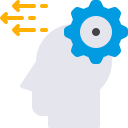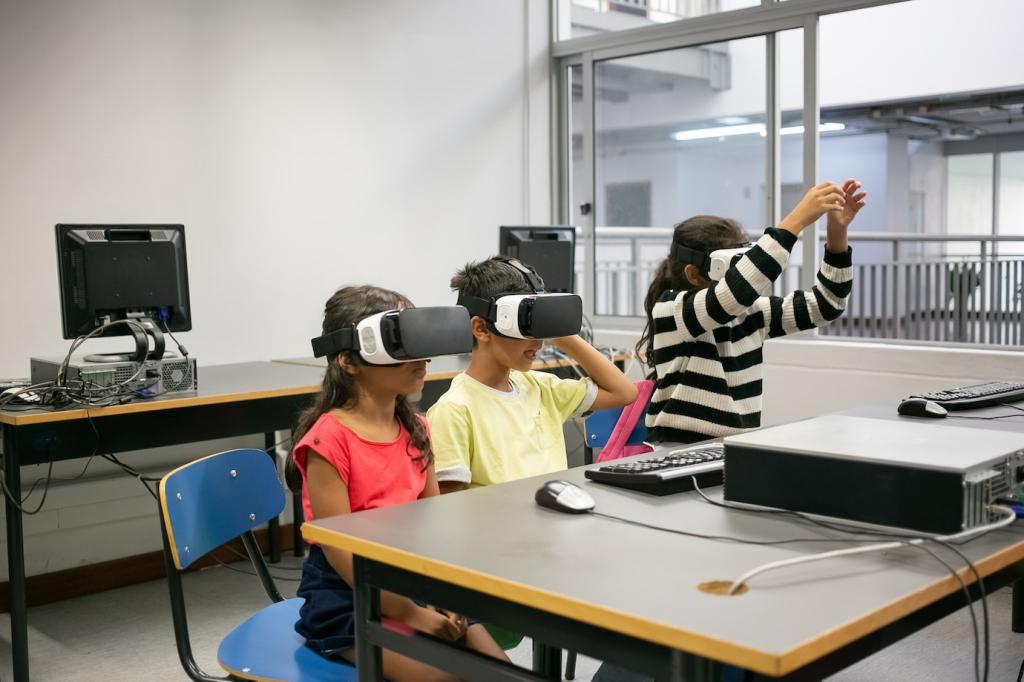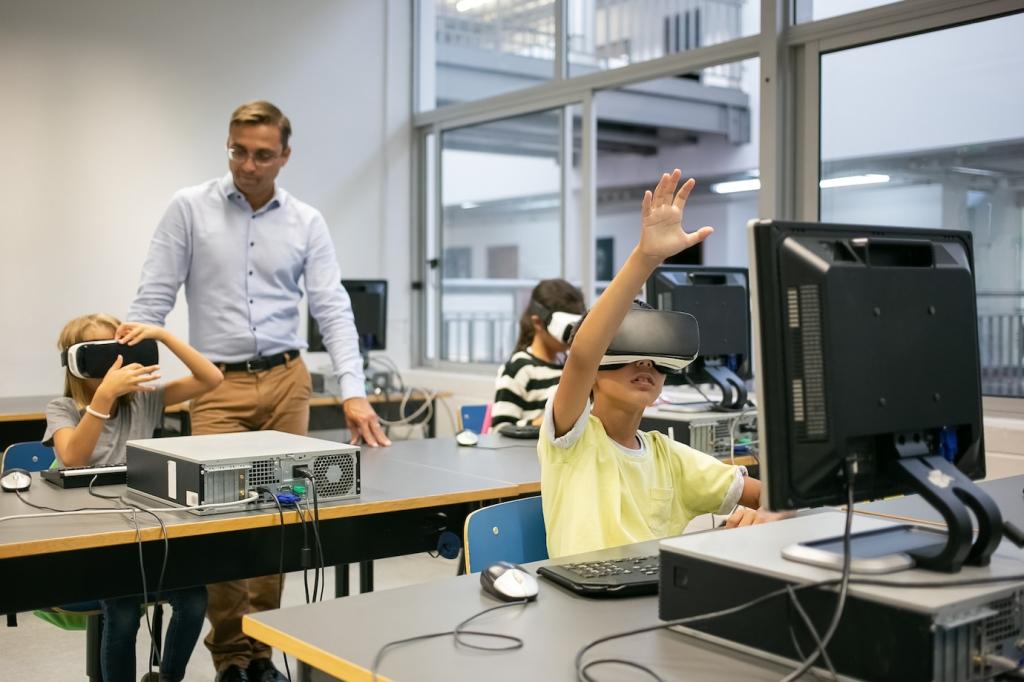Designing Game Mechanics That Actually Teach
Use experience points as evidence of practice quality, not just clicks. Weight harder skills more heavily, unlock richer challenges with mastery, and communicate rubrics clearly so progress reflects learning, not random grind.
Designing Game Mechanics That Actually Teach
Frame each unit as a quest where characters face dilemmas solvable only with target concepts. One seventh-grader told us the plot twist finally made negative numbers feel necessary, not arbitrary symbols from worksheets.




